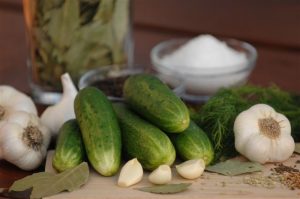
Feeding Your Gut Microbiome Seasonally
Summer is just around the corner and as in nature, almost every function within our bodies will undergo a change and renewal with the seasons’ changes.
Take for instance our metabolism, it also has cyclical changes in accordance with the different seasons. As we currently shake off our winter slumber, in some of the cases we may experience springtime lethargy, where due to the increased amount of sunlight and longer days, we experience hormonal changes in the body causing us to feel sleepy or even tired.
A Stanford University study concluded that our gut microbiome also changes with each season in accordance with our dietary seasonal changes.{1} The microbes living in our gut could vary with the seasons, so it is important that we feed them well and eat accordingly to the appropriate time of year. Feeding our gut biomes, the bounty of each respective season can help our systems develop stronger digestive systems and develop a stronger immunity.{2}
As the abundance of the spring and summer seasons near, consider nourishing your gut microbiome with fiber-rich complex carbohydrates.
Foods rich in bioflavonoids like dark grapes, blueberries, black currants, blackberries, beets and elderberries, are wonderfully rich in phytonutrients which perform both anti-inflammatory and anti-oxidant duties. These foods support the liver by activating enzymes to help to detoxify and maintain a healthy liver function.{3}
Don’t forget that eating seasonally also helps to maintain your bodies’ optimal temperature. In traditional medical systems, such as Chinese and Ayurvedic medicine various foods are thought to have warming and cooling properties. Therefore, in hot weather it should be considered important to eat cooling foods, such as watermelons, cucumbers, and seasonal summer fruit that are sweet. However, such foods should be avoided in the winter as they are seen to be cooling and would hinder the body’s optimal metabolic state.
Our bodies get outside information from the things that we put into our mouths, so remember to reap the benefit of each delicious season- here is to a wonderfully abundant spring and summer!






